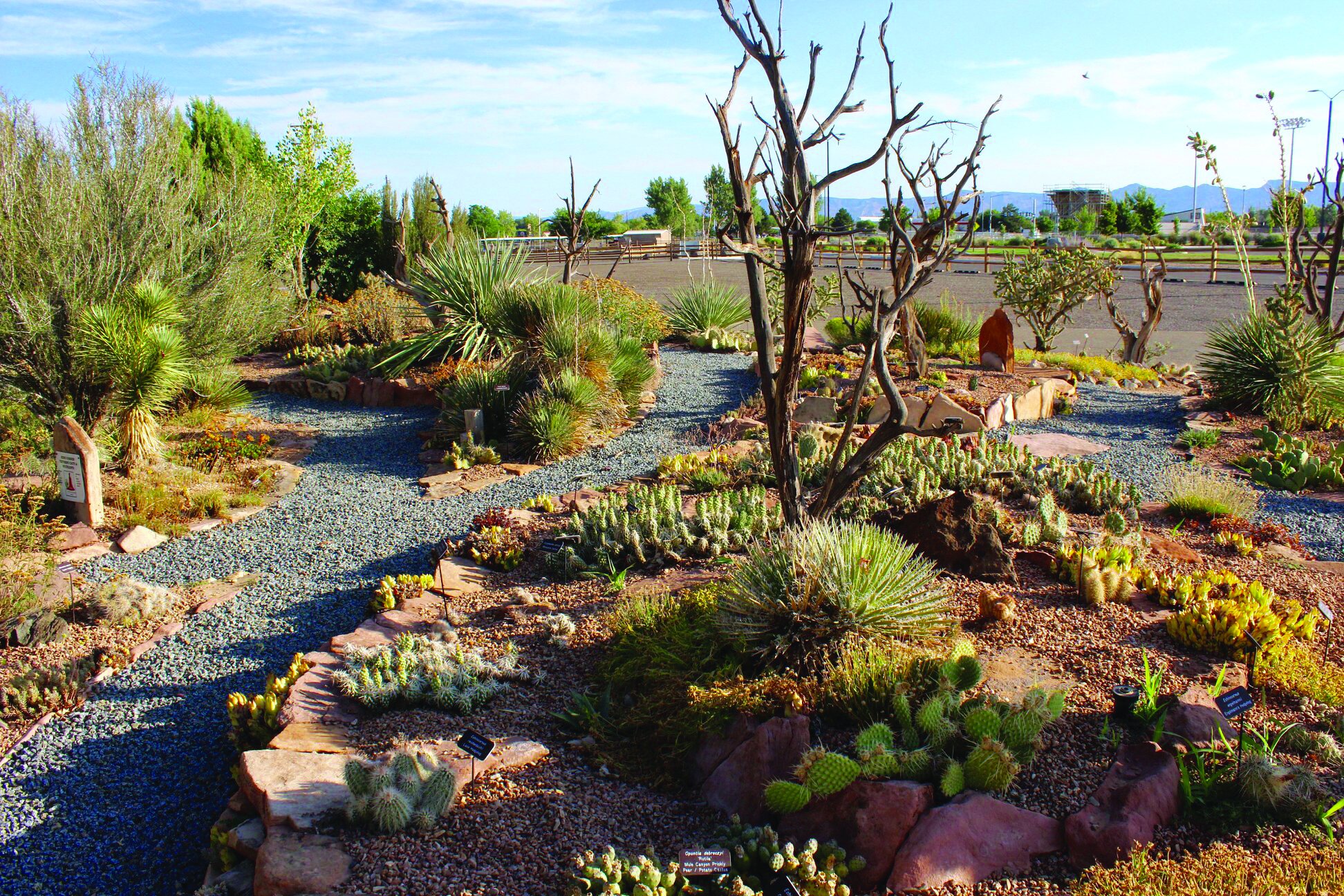Caring For Cacti + Sustaining Succulents: Tips For A Prosperous, Drought Resistant Garden
As we move into summer and the dry Colorado climate compounds with scorching temperatures, the plants in your garden may be looking a little worse for wear (okay, maybe a lotworse for wear). If you still want to have an inviting outdoor landscape without the agony of killing yet another beautiful plant, maybe it’s time to revamp your yard with a succulent and cactus garden.
“Most cacti and succulents are used to this climate,” says Don Campbell, founder of Chinle Cactus & Succulent Society in Grand Junction. “With a bit of supplemental watering in the summer, they will thrive.”
Prior to moving to Grand Junction, Campbell was very active in Denver’s local cactus and succulent club. In just a short time following his move, he began leading cactus hikes and teaching classes on the basics of these varietals. Still craving more consistent cactus connection, Campbell decided to scout for interest in a succulent and cactus club with GJ locals. 35 people showed up to his first meeting, blowing his expectations away.
Now, over 20 people regularly attend the Chinle Cactus & Succulent Society. The group unites at monthly meetings and often take field trips to surrounding areas to investigate cactus sites. They recently had a trip to St. George, Utah at the end of April.
Photo courtesy of Don Campbell
“Many people think having a cactus garden is maintenance free. That’s not true,” cautions Campbell. Yard litter like dead leaves can easily become caught in cactus spikes, and weeds are always a problem, even in unfavorable conditions. That being said, succulent gardens are typically easier to maintain than a vegetable garden, which requires consistent, specialized care. Other than basic maintenance and upkeep, the only demanding aspect of succulent care is watering. Don’t fret; Campbell has some easy tips to determine a healthy watering schedule.
“In summer, you may need to give them a little extra moisture, maybe 15 to 20 minutes once a week. But, just go with Mother Nature and these plants will thrive,” he says. An easy way to check is dig into the soil and examine the moisture levels. If it’s completely dry, water a bit. If it’s wet, don’t water.
“Pay attention to the weather,” Campbell advises. He keeps a rain gauge outside to monitor precipitation levels and get a vague idea of how much his succulents have had to drink. He also recommends that water worriers consider what the winter has been like. A wetter winter means more water has soaked into the soil, and then you don’t have to water extra. More often than not, succulents are resilient enough to withstand a missed watering or two. Just be extra careful in the summer when high temps can toast your plants.
Now it’s time to start digging in the dirt! The first step to actually creating a succulent garden is picking out which plants you want to feature. Mountain ball cactus is seen up to 10,000 feet on the Grand Mesa, making them a great high-altitude option. Prickly pears showcase gorgeous flower blooms, and hedgehog cacti are known to be remarkably hearty. Sedums offer quality ground cover, while hen and chicks are great at storing water. When in doubt, ask your local nursery for some advice.
When planning the layout of your garden, there’s no right way to assemble your succulents of choice. Although, Campbell warns eager gardeners not to be too cactus happy. “Be a little cautious about how much you plant. I learned that the hard way,” he laughs. Otherwise, the garden beds (or front yard landscapes) are your oyster. “I’m a believer in doing what feels good and what looks good,” Campbell adds. “That’s what gardening is all about; it’s personal.”
Once you’re ready to make a home for your garden’s new additions, there is probably a bit of overhaul that needs to happen to ensure the success of your plants. Swap out the existing dry clay soil with something more conducive to growing life. Campbell also recommends a little bit of course sand as a great addition to promote drainage. Top the area with about a 1/4-inch of loose gravel, step back and admire the beautiful, healthy landscape you’ve created.
Originally published in the Summer 2022 of Spoke+Blossom.

